Lake Ontario is one of the five great lakes in North America, and it is based in Ontario, Canada. For a long time, it was unknown exactly what was at the bottom of this lake, so researchers used a drone to find out.
The mission was known as “Raise the Arrow,” and researchers ensured that it was kept secret so that locals and people visiting the lake didn’t get their hopes up.
Lake Ontario Is Widely Unexplored

Lake Ontario has banks that are thousands of years old and 400 cubic miles of unexplored waters. Due to the sheer scale, the researchers needed a bit of help to ensure they could explore all of this space.
To help them, they used ThunderFish, an underwater drone with a sonar-powered camera that takes high-resolution images of its surroundings.
Most of the Planet Remains Unexplored

Lake Ontario isn’t the only place on Earth that is widely unexplored, as most of Earth is unexplored, despite having existed for billions of years.
Scientists have estimated that around 65% of Earth remains unexplored to this day. While it is somewhat exciting to guess what may yet be found, it is likely to take many more years of research before this is done.
Historical Objects Going Missing
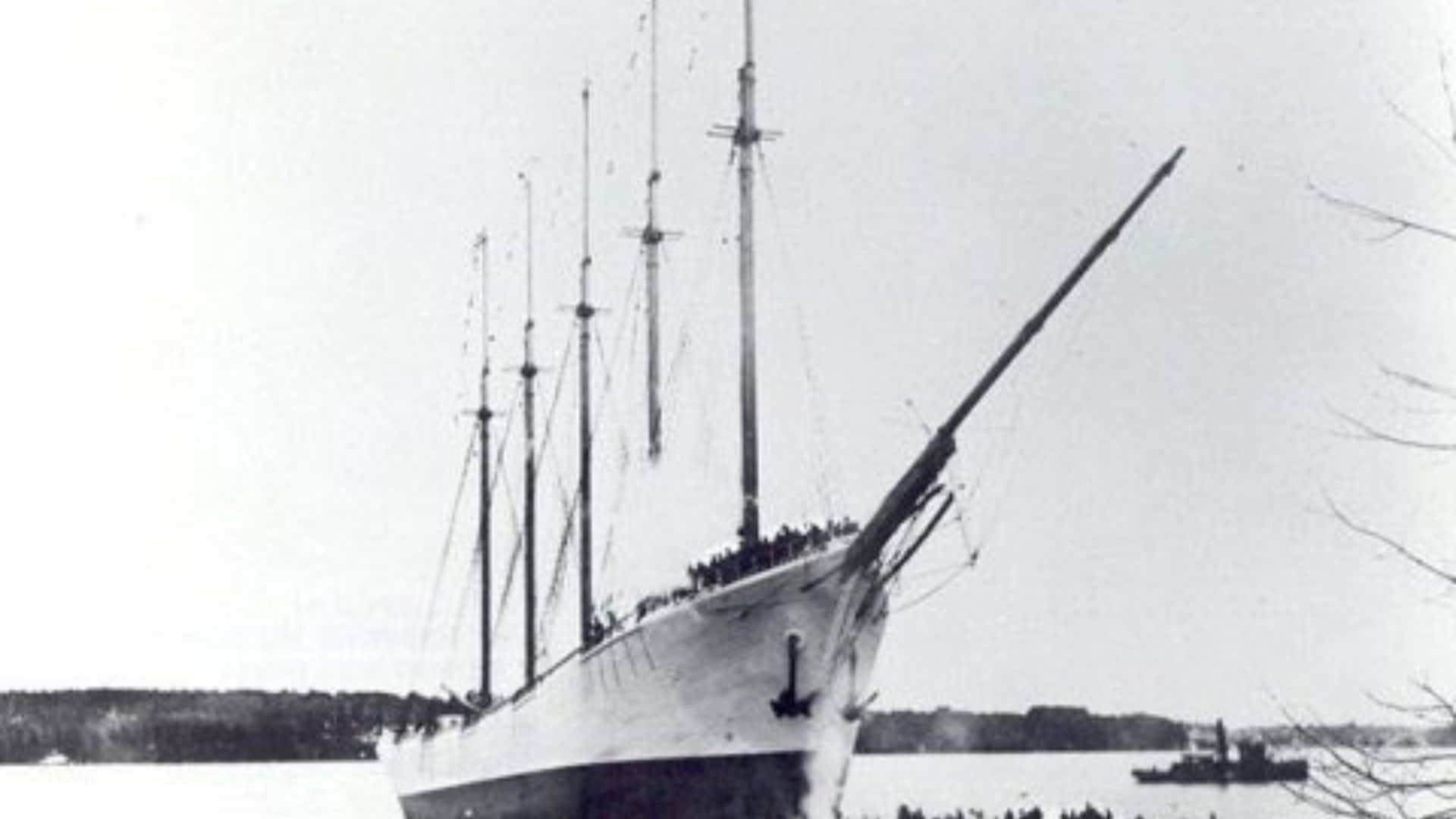
Many historical objects have gone missing through time, only to appear decades or centuries later. A ghost ship that went missing a century ago is one of them.
The ship was located in the Bermuda Triangle area, a place where items mysteriously disappear and are unlikely to be seen again.
OEX Recovery Group Incorporated Worked on the Mission

At the heart of this mission was OEX Recovery Group Incorporated, which is financially supported by Canadian mining companies and financial institutions.
The goal of all of these groups is to find objects that have been forgotten at the bottom of Lake Ontario.
60th Anniversary of the Avro Arrow
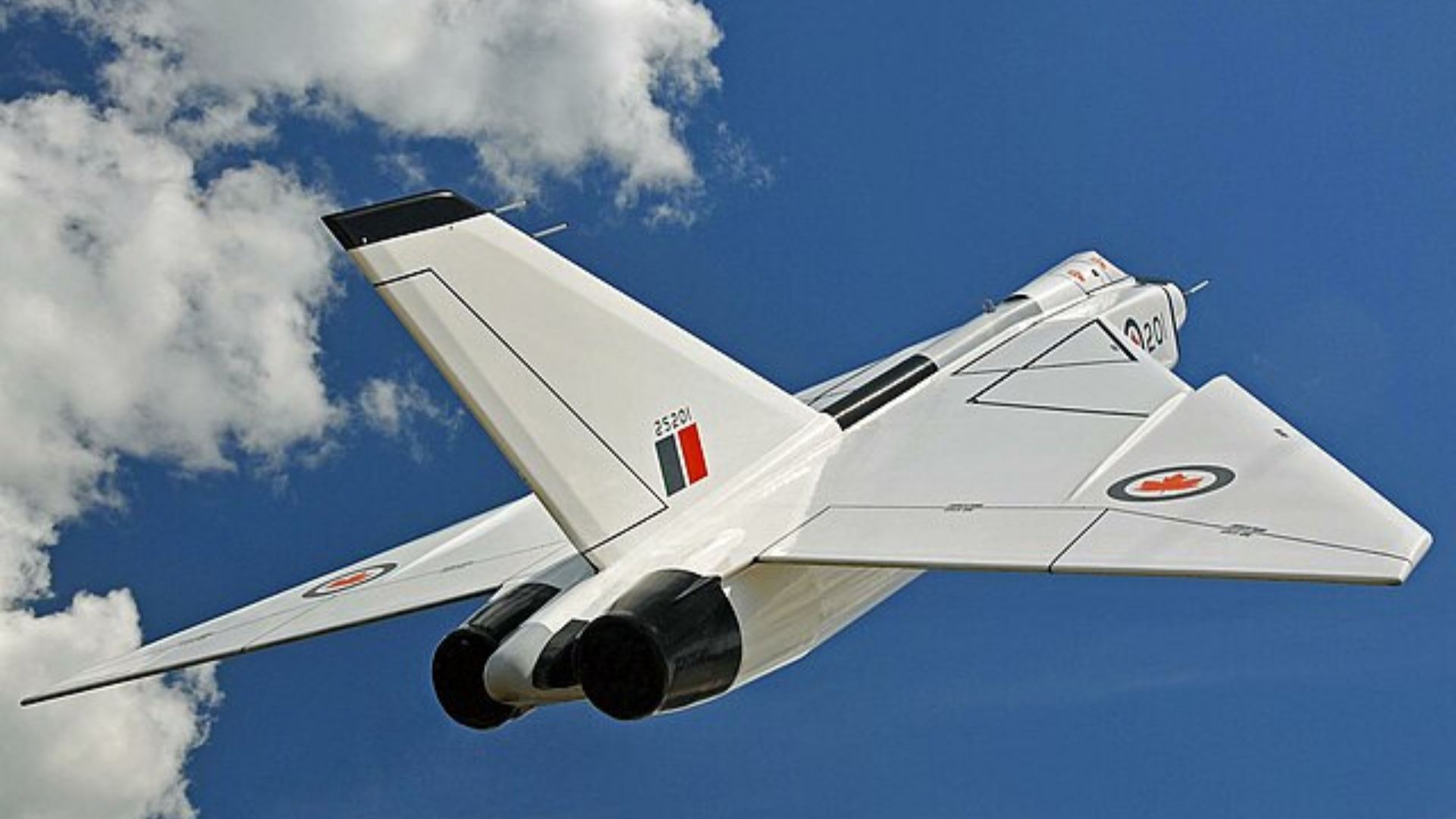
Many people might ask: Why now? Why are researchers only now trying to find the model Avro Arrows at the bottom of Lake Ontario when there have been rumors that they were down there for decades?
The 60th anniversary was approaching, and the researchers wanted to find all the models in time to mark the special occasion.
30 Years of Searching
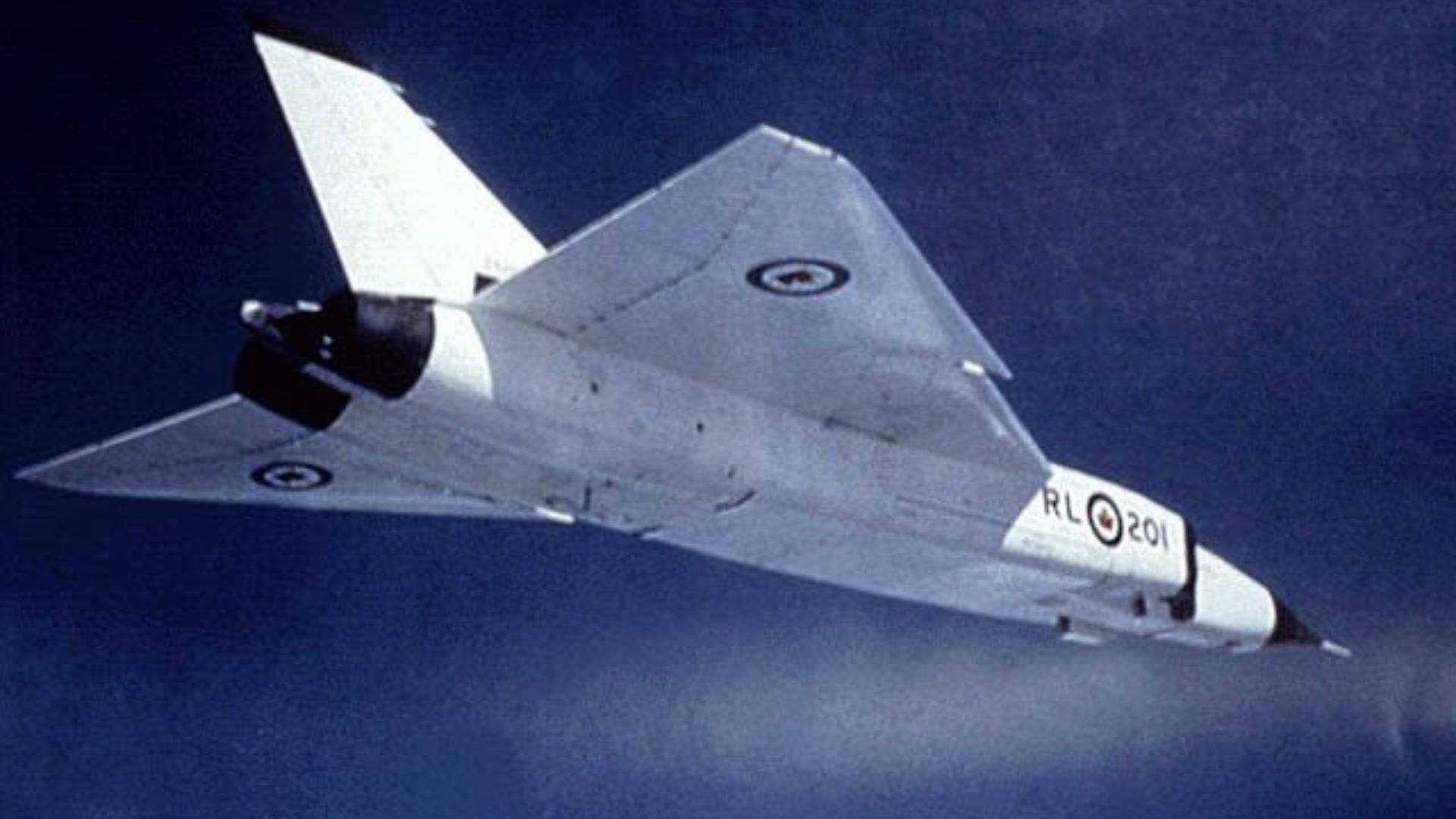
This isn’t the first or only search for the plane models, as research teams have gone in search of them over the last 30 years, only to remain unsuccessful.
However, technology has rapidly advanced in those 30 years, enabling the current team to find one of the missing models.
Erosion Decreases an Object’s Value

One issue with objects that are underwater is that they are subject to erosion. This means that the object will eventually decrease in value.
The longer an object is left underwater, the more it will erode and the more it will decrease in value. The OEX Group knew that this meant that they had to work fast to prevent more erosion from happening.
The Avro Canada CF-105 Arrow
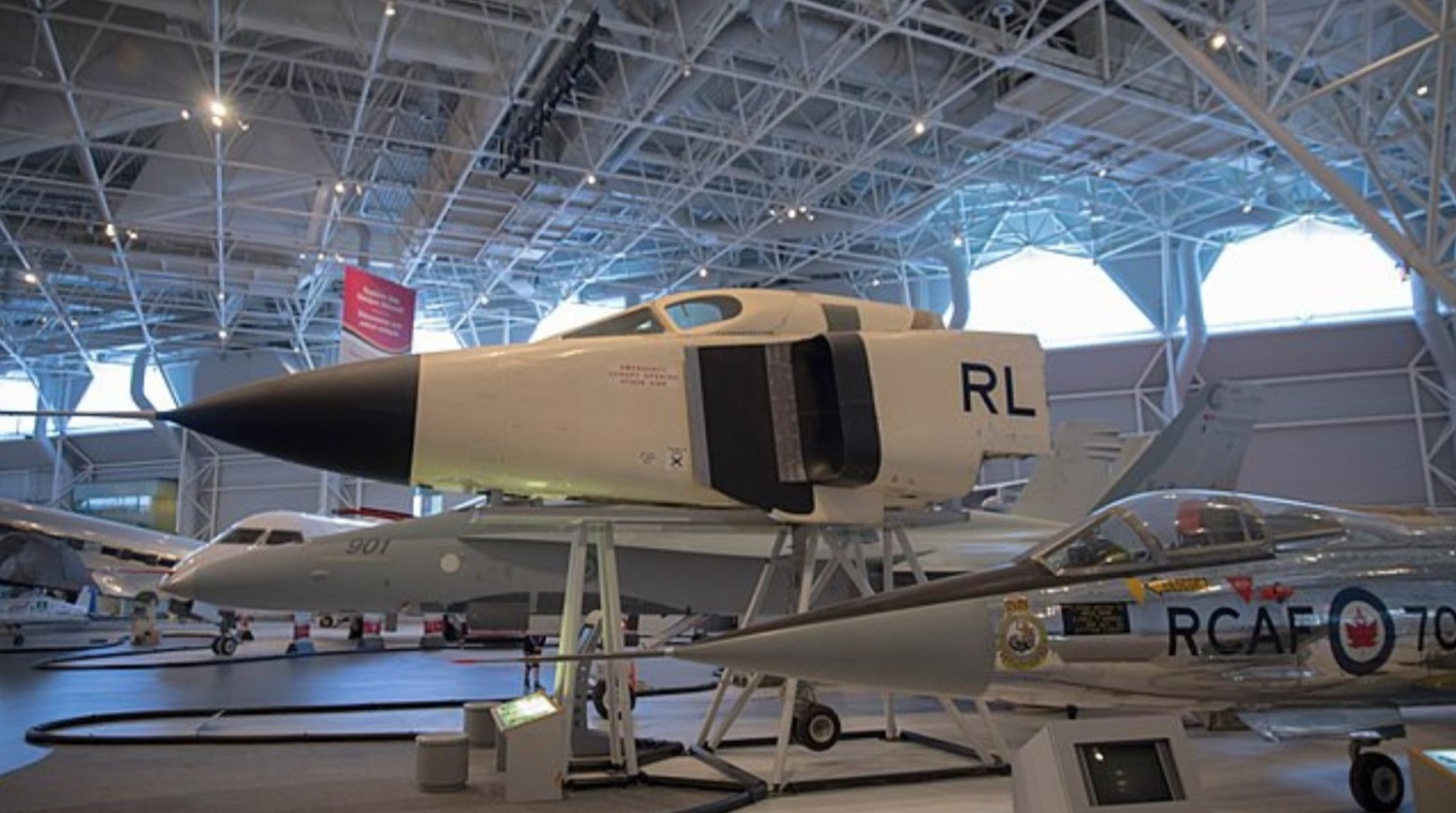
Canada was a forerunner in military aviation in the 1950s, and the Avro Canada group created the CF-105, known as “Arrow,” to answer the West’s calls for an advanced fighter jet to help with the Cold War.
It had an electronic dash, advanced radar system and aerodynamic delta wings. It was also believed to be the object at the bottom of Lake Ontario.
The Arrows Were Pulled From Production
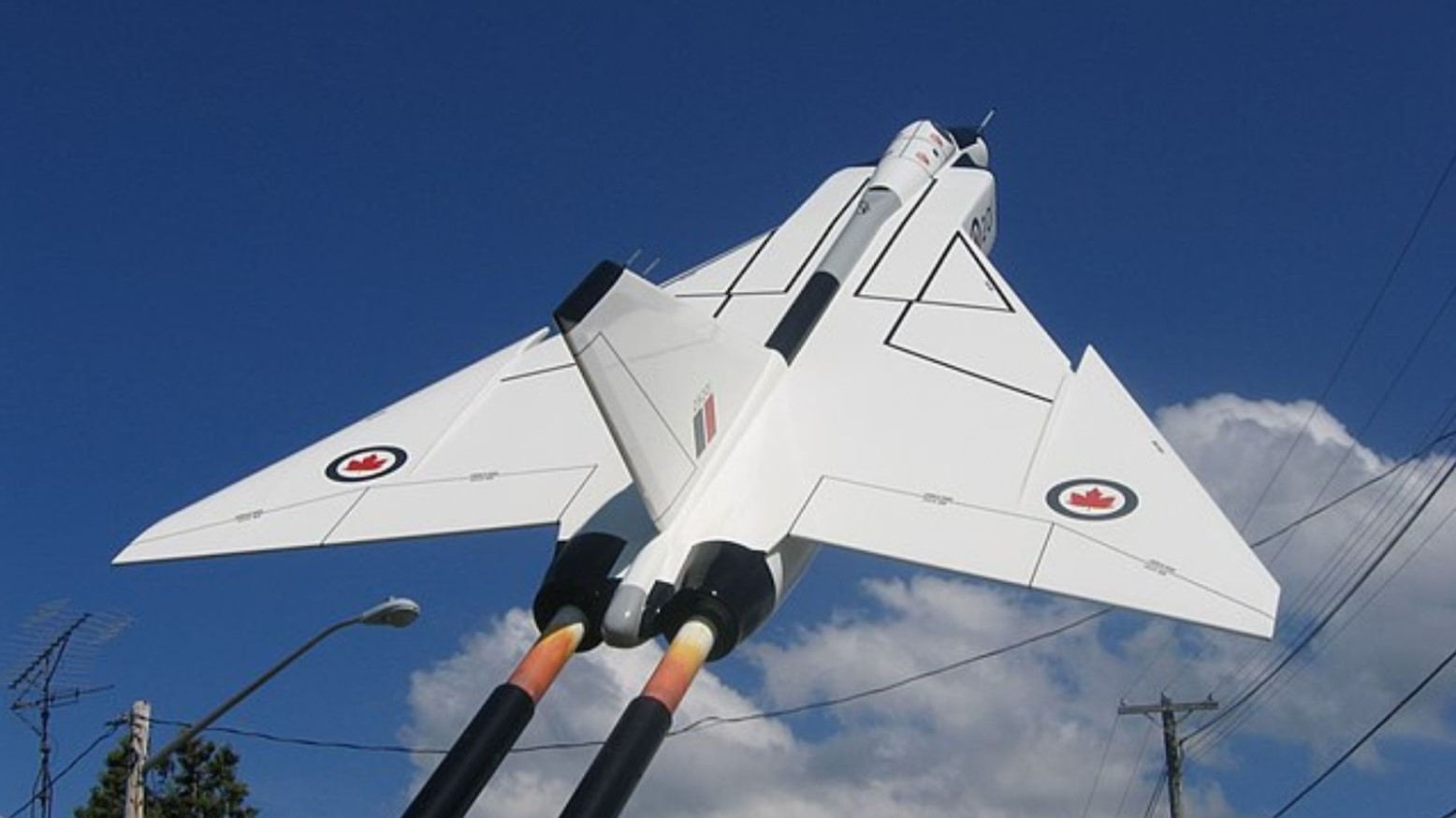
Despite the success of the Arrows, the Canadian Prime Minister at the time, John Diefenbaker, pulled the project and left hundreds of people unemployed.
Not knowing what to do with these fighter jets, the prototypes were taken out to Point Petre on Lake Ontario and were sent down to a watery grave.
The Arrow Was a Model
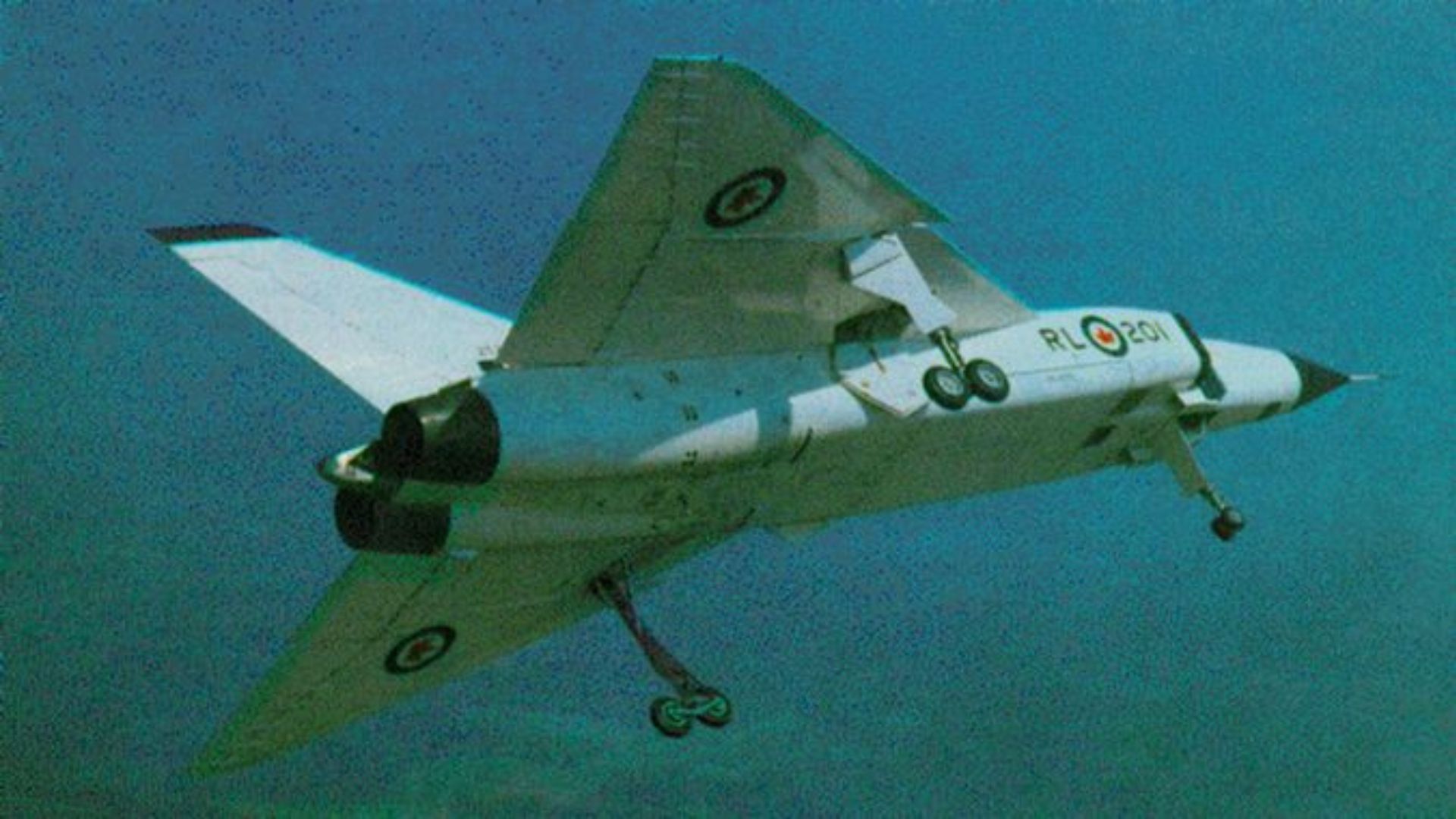
The arrow found in the lake wasn’t the real thing; it was just a model about an eighth of the size of the actual plane.
This particular model was believed to be used to test the delta wing design. Several other models were also used to test other aspects of the plane, many of which were dumped in Lake Ontario.
Why Lake Ontario?

Some people have been questioning why those involved with the models in the 1950s decided to leave them in Lake Ontario.
As they were models, and using them meant testing them, they were taken to the lake to test their maneuverability at high speeds. This caused the models to sink to the bottom of the lake.
Other Models Have Been Uncovered

This model isn’t the only one found at the bottom of Lake Ontario, as many models have also been found in the same area.
It would seem that the lake had become a dumping ground for people in previous years who wanted to get rid of things they had no use for. But to researchers, it has become a treasure trove.
Debris Makes Things Difficult
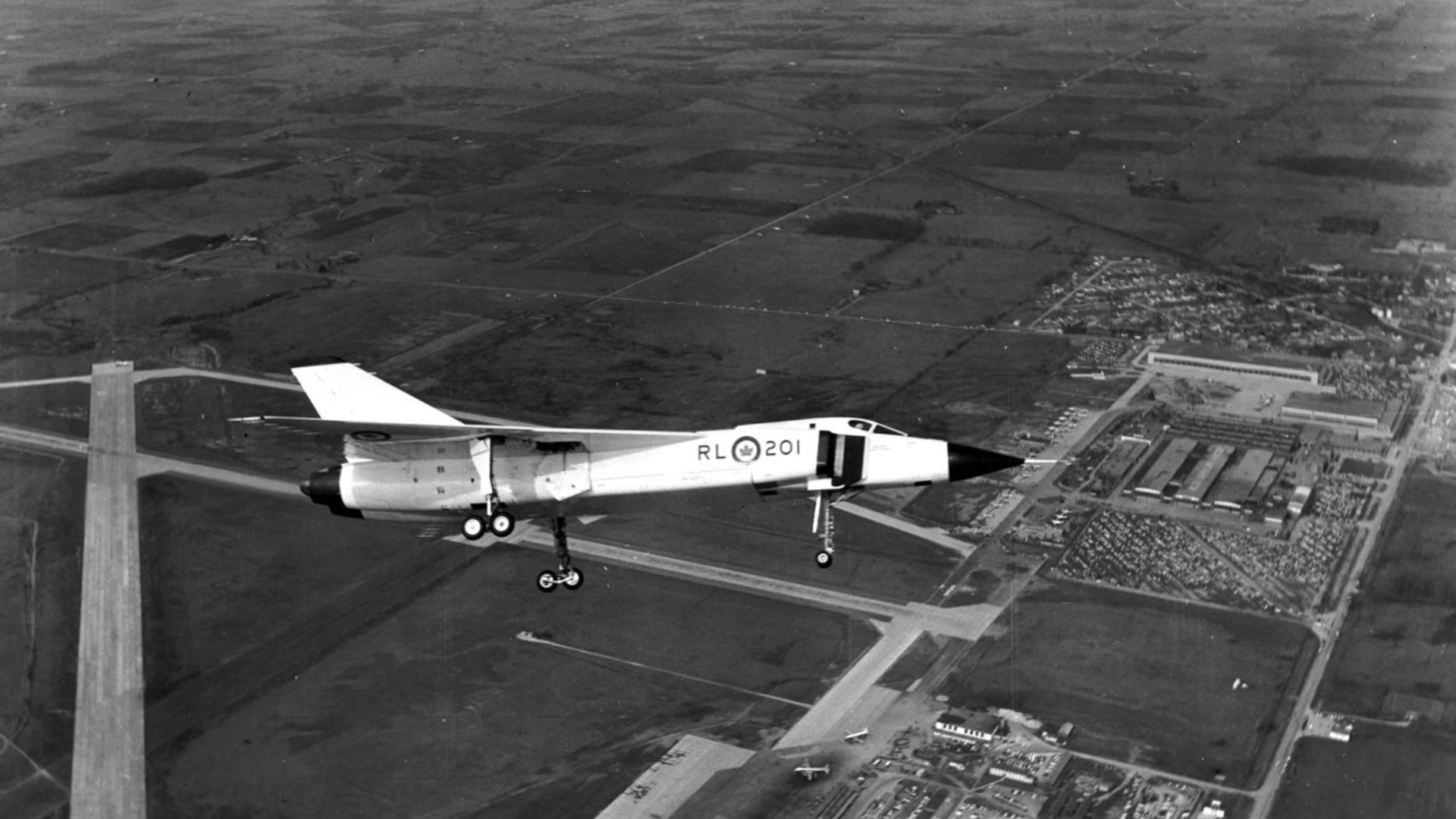
As the models had been in the water for 60 years, there would have been a lot of erosion, and the team already knew it was likely that they would be smashed to pieces.
There was some worry that it would make it difficult for the team to distinguish whether the models were the Avro Arrows or just random pieces of debris. However, the model found had yellow paint on it, which the last four models had, and is a pretty clear indicator that this is the missing model.
The Debris Field
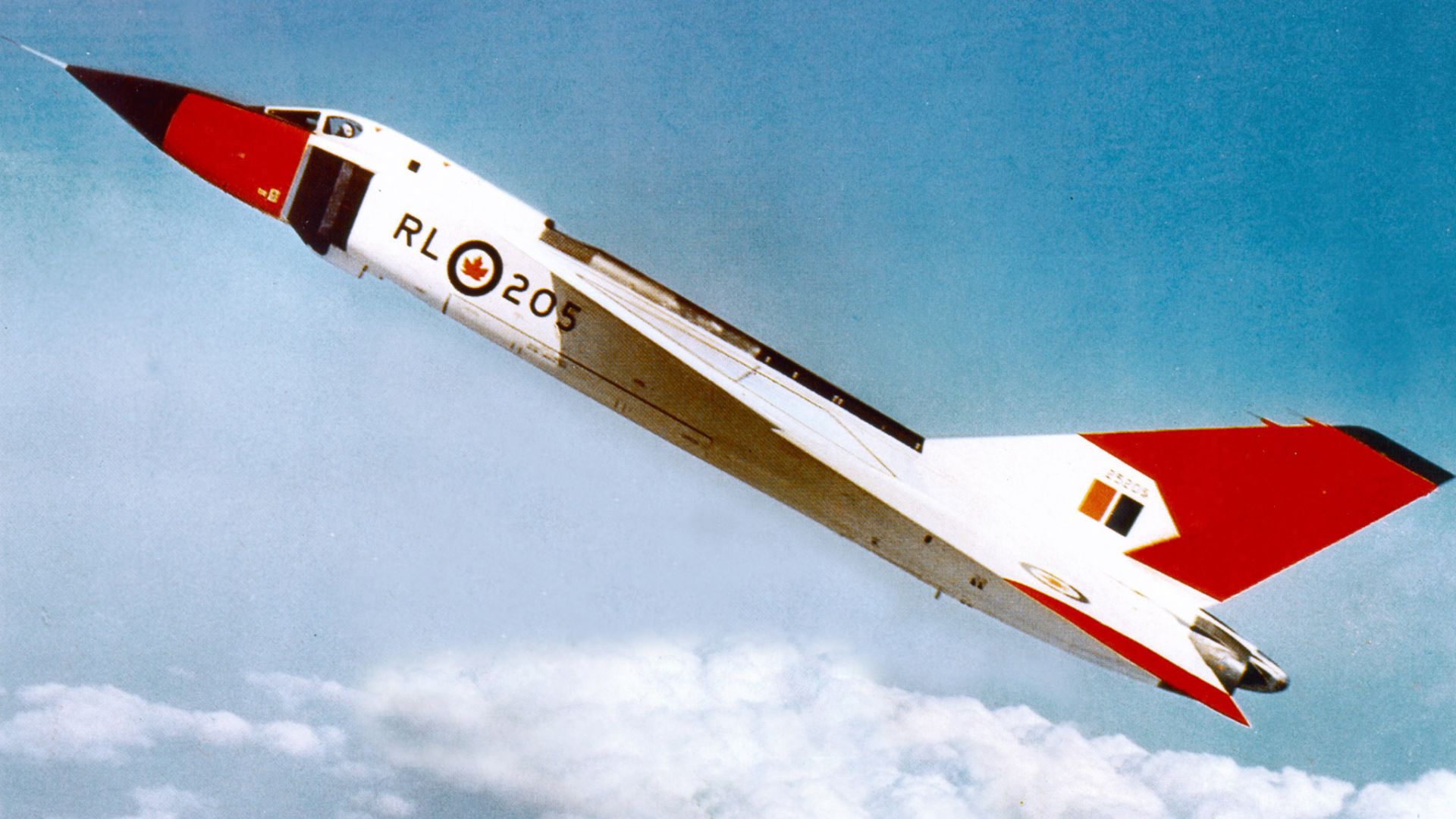
When the researchers found the area of the lake where the model was, they saw a debris field.
In that debris field was electrical wire and various components that needed to be pieced back together to make the model whole again.
Other Ontario Lakes Hold Deep Secrets

Lake Ontario isn’t the only lake in Ontario to hold deep secrets, as Lake Superior has also been found to have held a secret for over 3 billion years.
The lake has an interesting sulfur cycle, which helps scientists learn more about sulfur levels billions of years ago and gain a better understanding of ancient Earth.
Other Objects Found at the Bottom of Lake Ontario
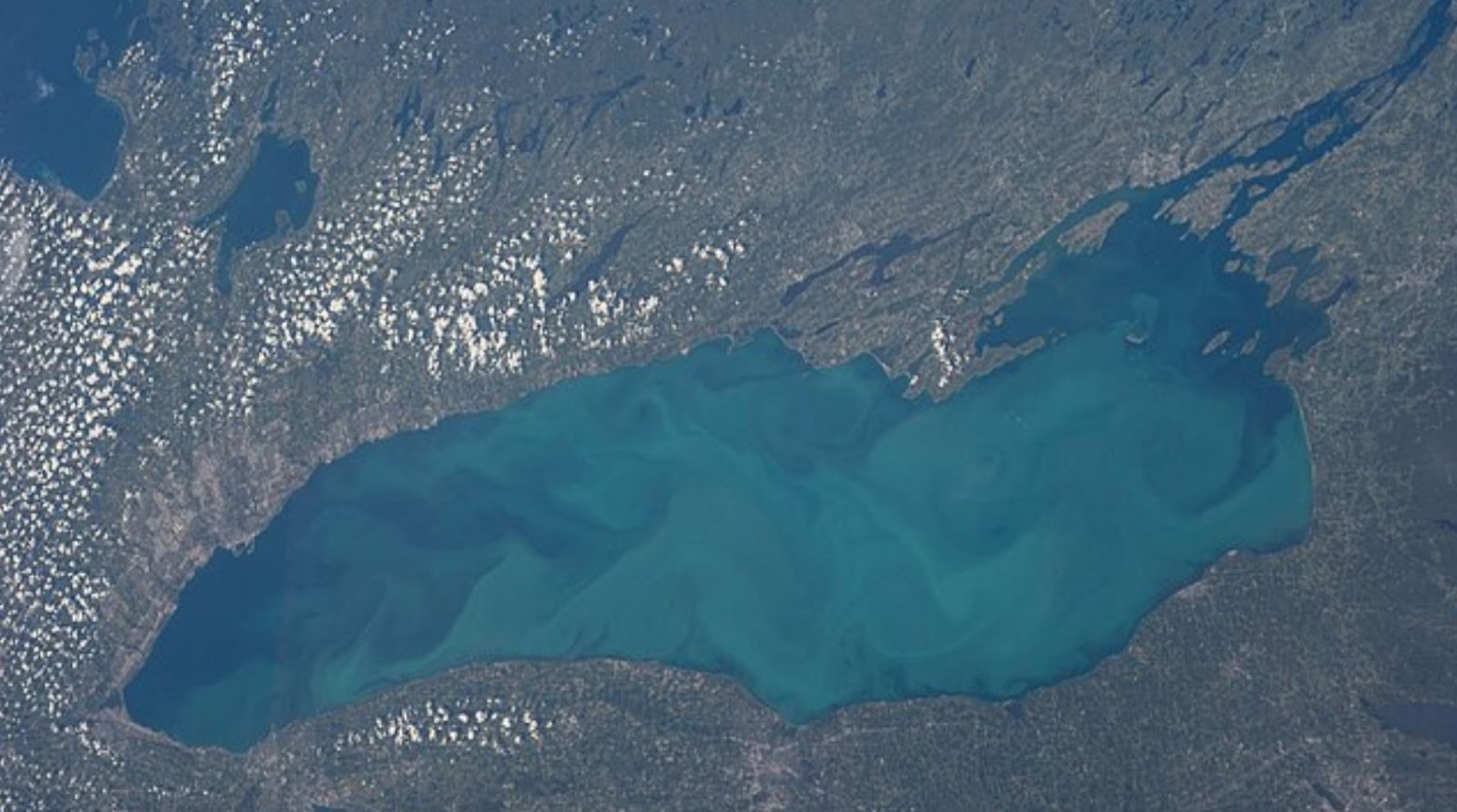
The plane isn’t the only object found at the bottom of Lake Ontario. In 2021, a New York-based photographer went out on the lake in a small fishing boat.
He found the outline of a sunken tugboat at the water’s surface, which he had previously discovered in 1974 when snorkeling around the lake.
Billions of Dollars Discovered at the Bottom of a Lake
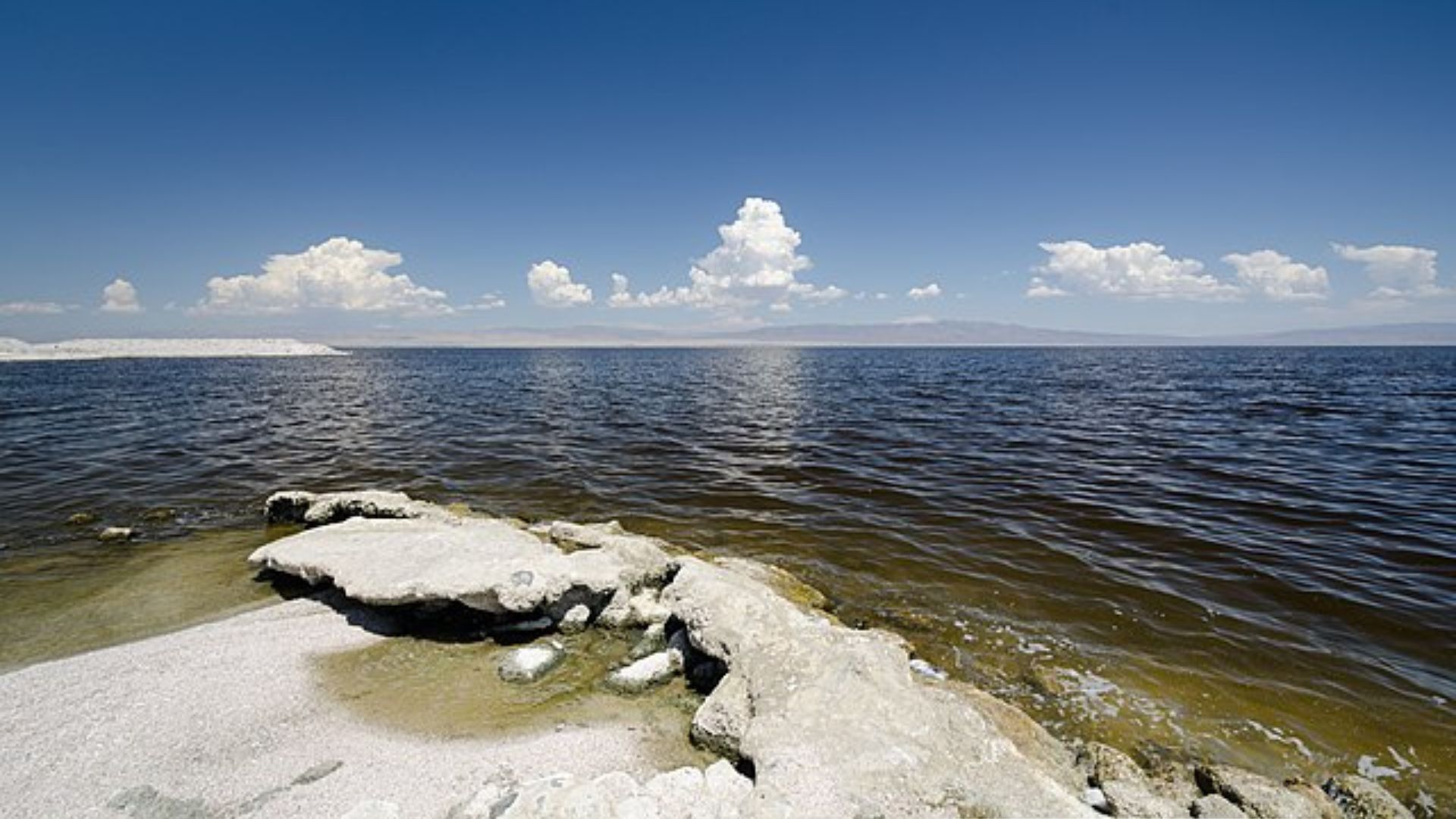
The bottoms of lakes can hold many secrets, and sometimes, those secrets can be worth billions of dollars. This was found at the bottom of the Salton Sea, California’s largest lake.
The total amount found was $540 billion of white gold, and researchers wanted to establish how much lithium was at the bottom of the water.
Creating a Map of Lake Ontario
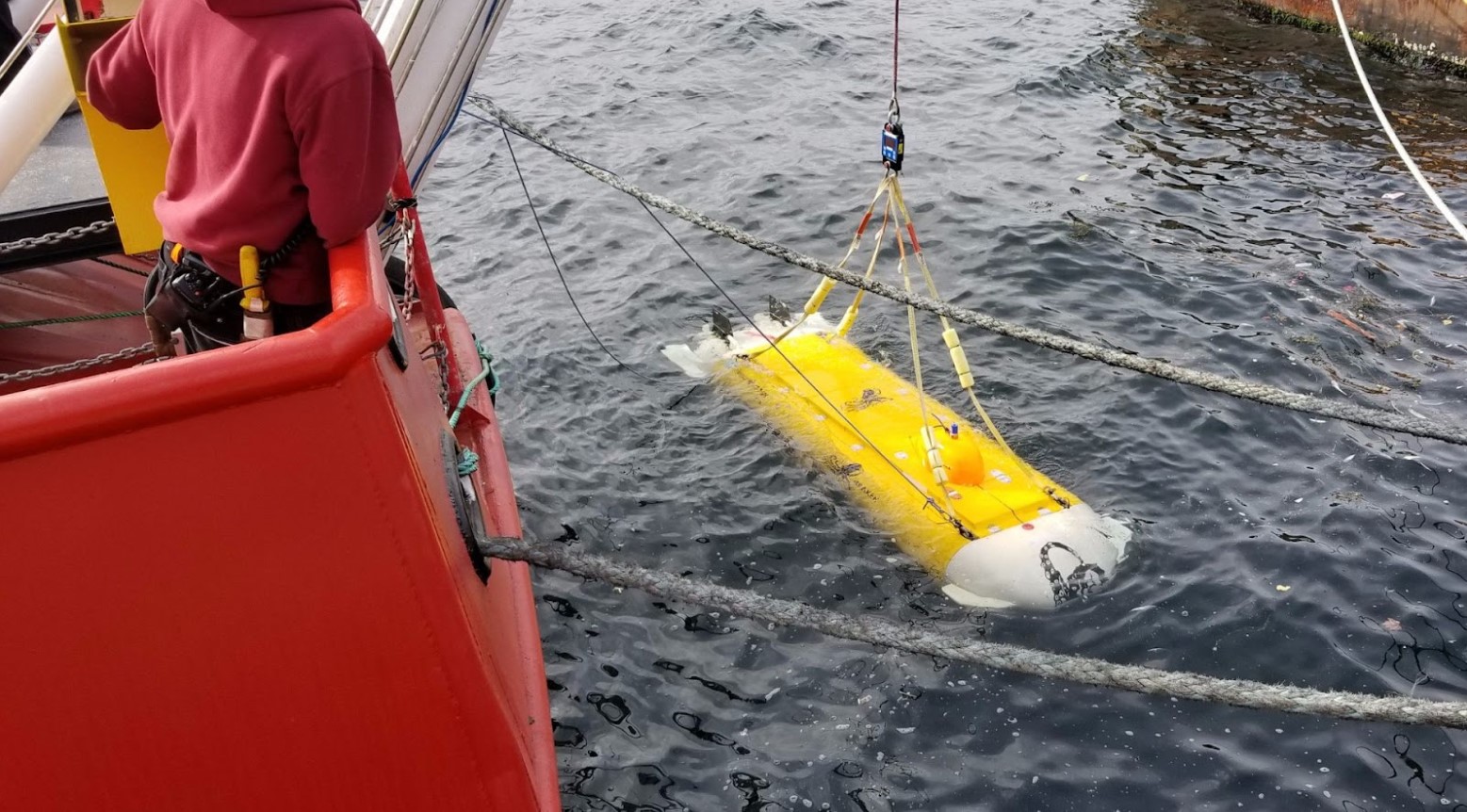
To try and figure out where these missing planes could possibly be, research crews used Thunderfish to help them create a map from underwater that would show what it had seen by the end of each day.
The team believed that doing this would help them find the missing objects within days instead of weeks or months.
Accidental Finds With Drone
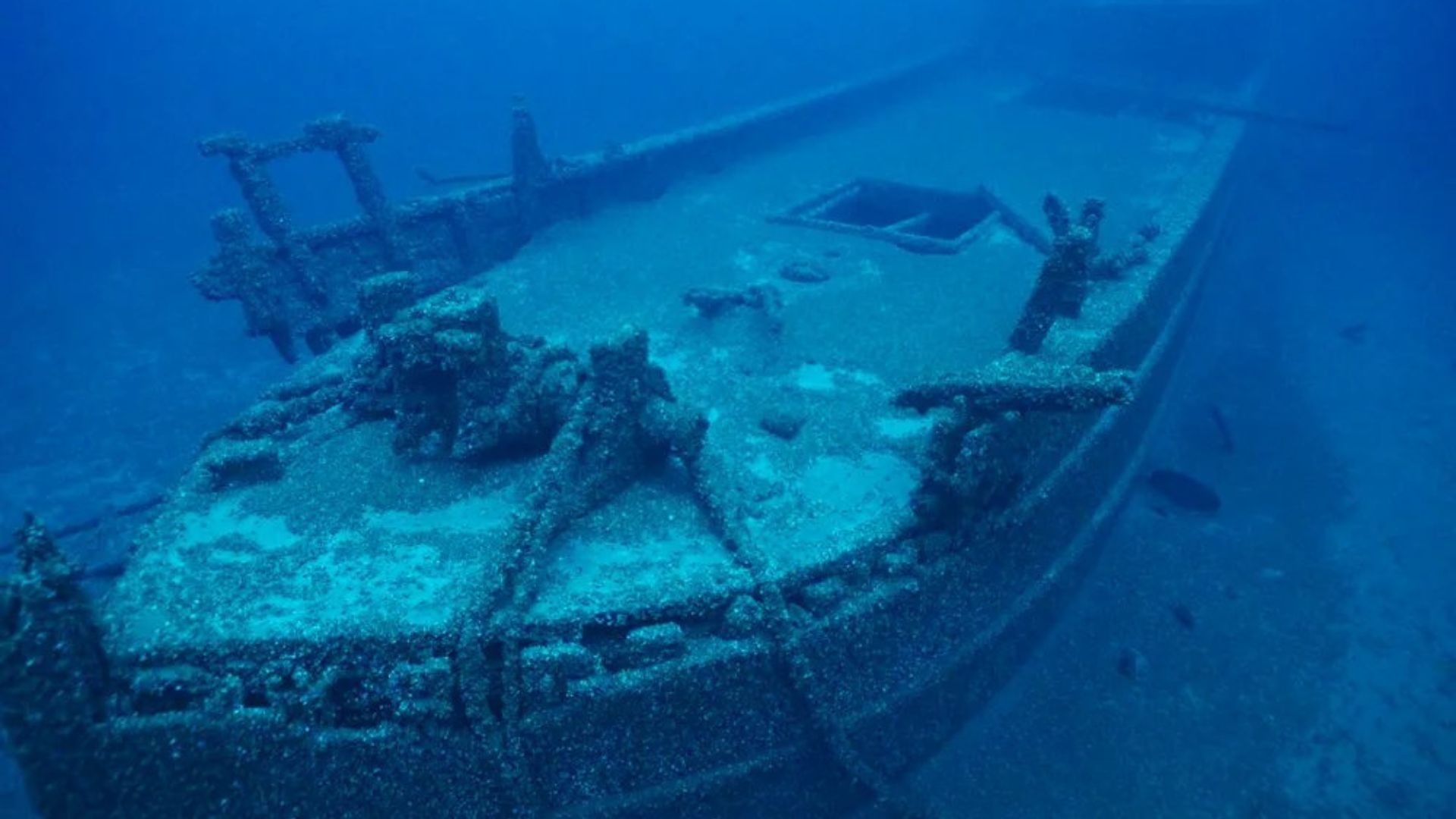
The increasing use of drones and people either using them for professional work or to mess around has led to an increasing number of accidental finds.
One of these finds was a shipwreck from 1895 at the bottom of Lake Huron, known as the Africa. This ship was used to carry coal from Ohio to Ontario, and 11 sailors were on board.
Scientists Helped the Discovery

The two people who found the shipwreck were doing so for a documentary on invasive mussels. Scientists tipped them off that something might be in the water due to an anomaly they had found during an offshore fish survey.
No one knew what this anomaly would be, and it was initially thought to be just a pile of rocks. So, to find a piece of history that was previously thought to have been lost forever was a special moment for everyone involved.
60 Years of Rumors
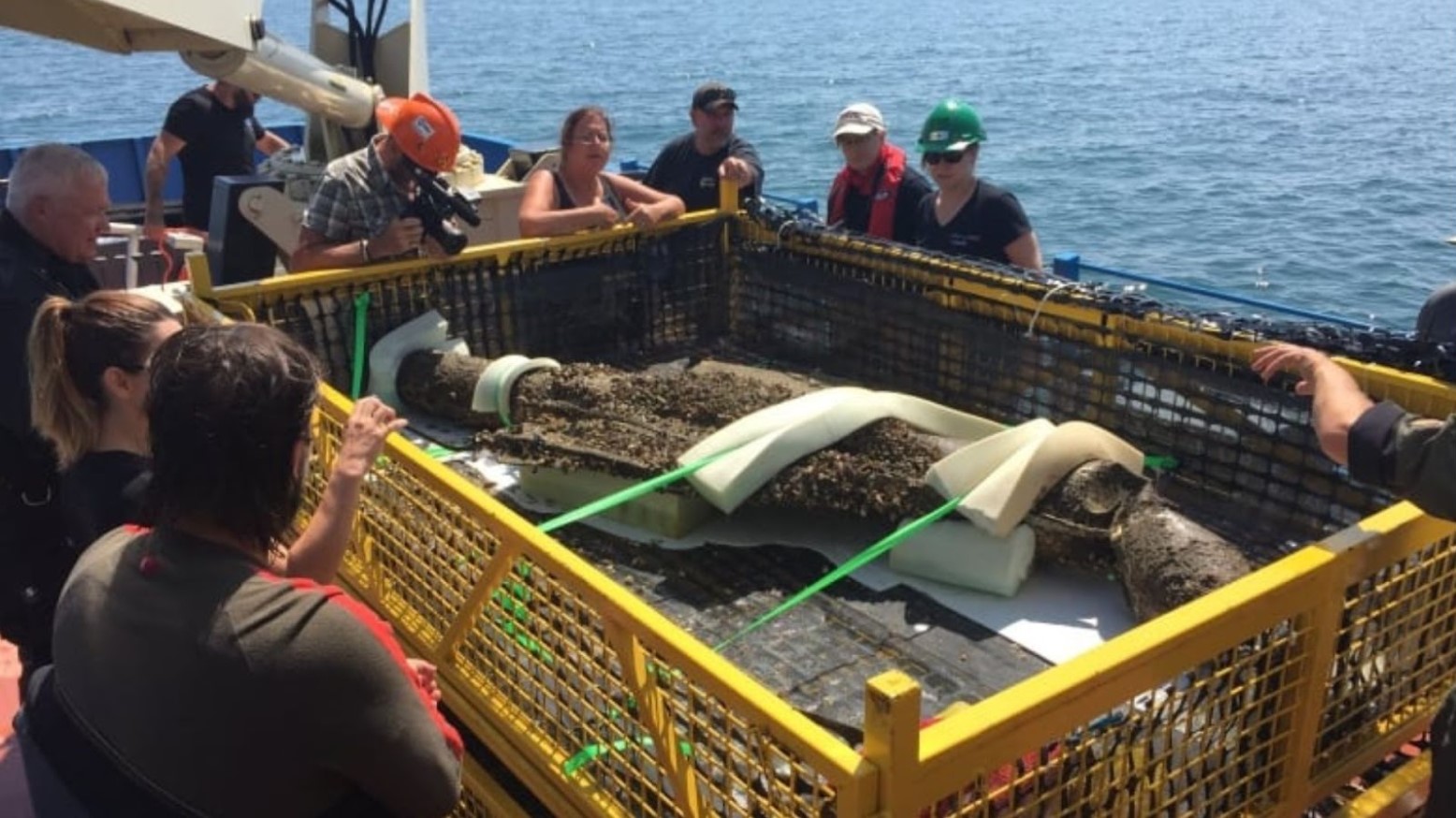
The search that transpired was based on 60 years of rumors. Locals had reported sightings of an object underwater, but just as soon as it had appeared, it vanished.
Therefore, everything they were searching for was purely based on rumors. This meant not wanting to get the locals’ hopes up, so the team kept the search a secret until they were certain.
Confirming the Rumors
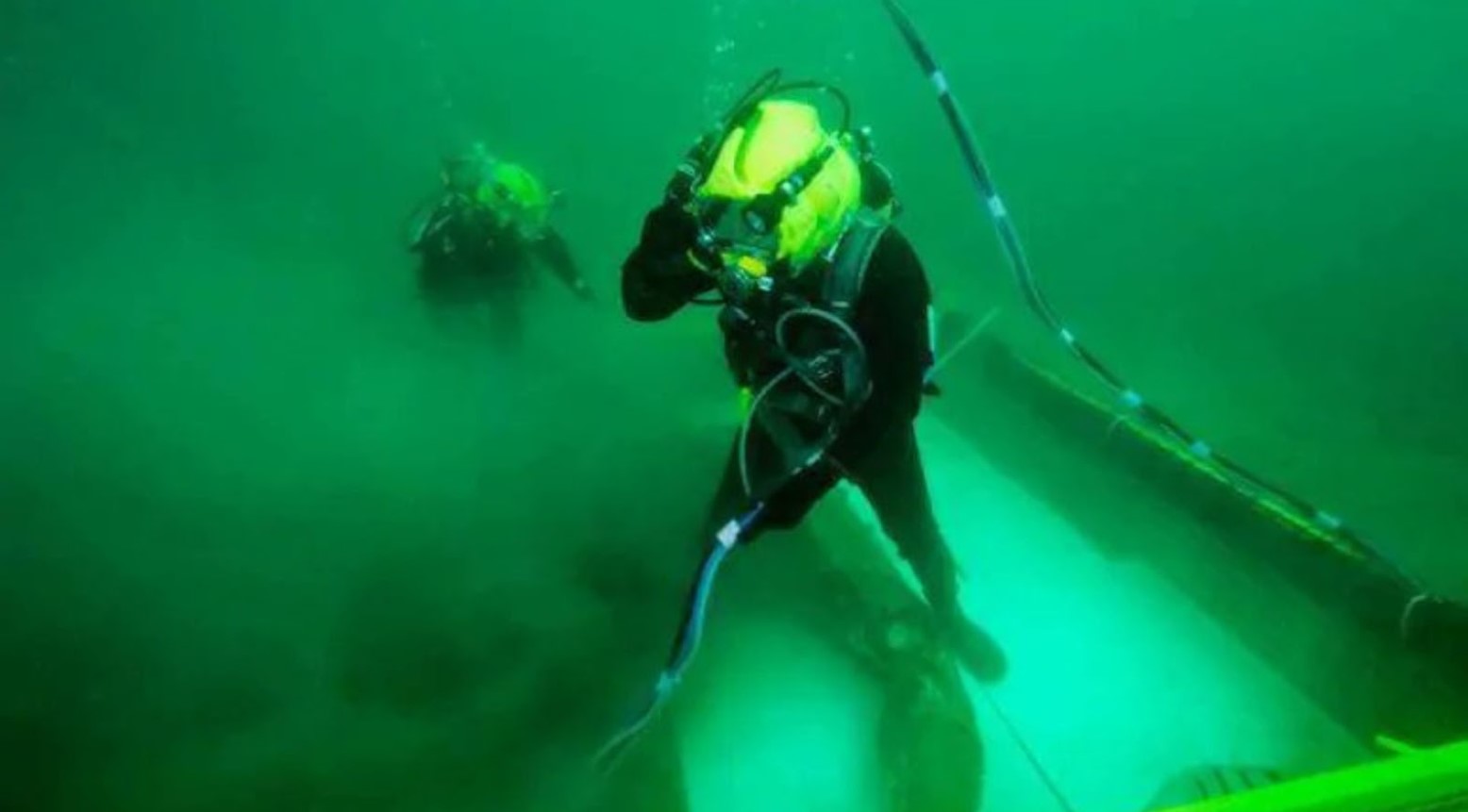
Once Thunderfish had completed its mission, the researchers realized that the rumors were true. The images from underwater clearly showed an aircraft, which was later confirmed to be one of the CF-105 Arrows.
It showed a lost piece of Canadian history and confirmed that at least one of the prototypes had ended up in the water. As only one has been found, the team still needs more time to confirm whether more of these aircraft made it into the water, or if that was just a rumor too.
The Models Will Go in a Museum
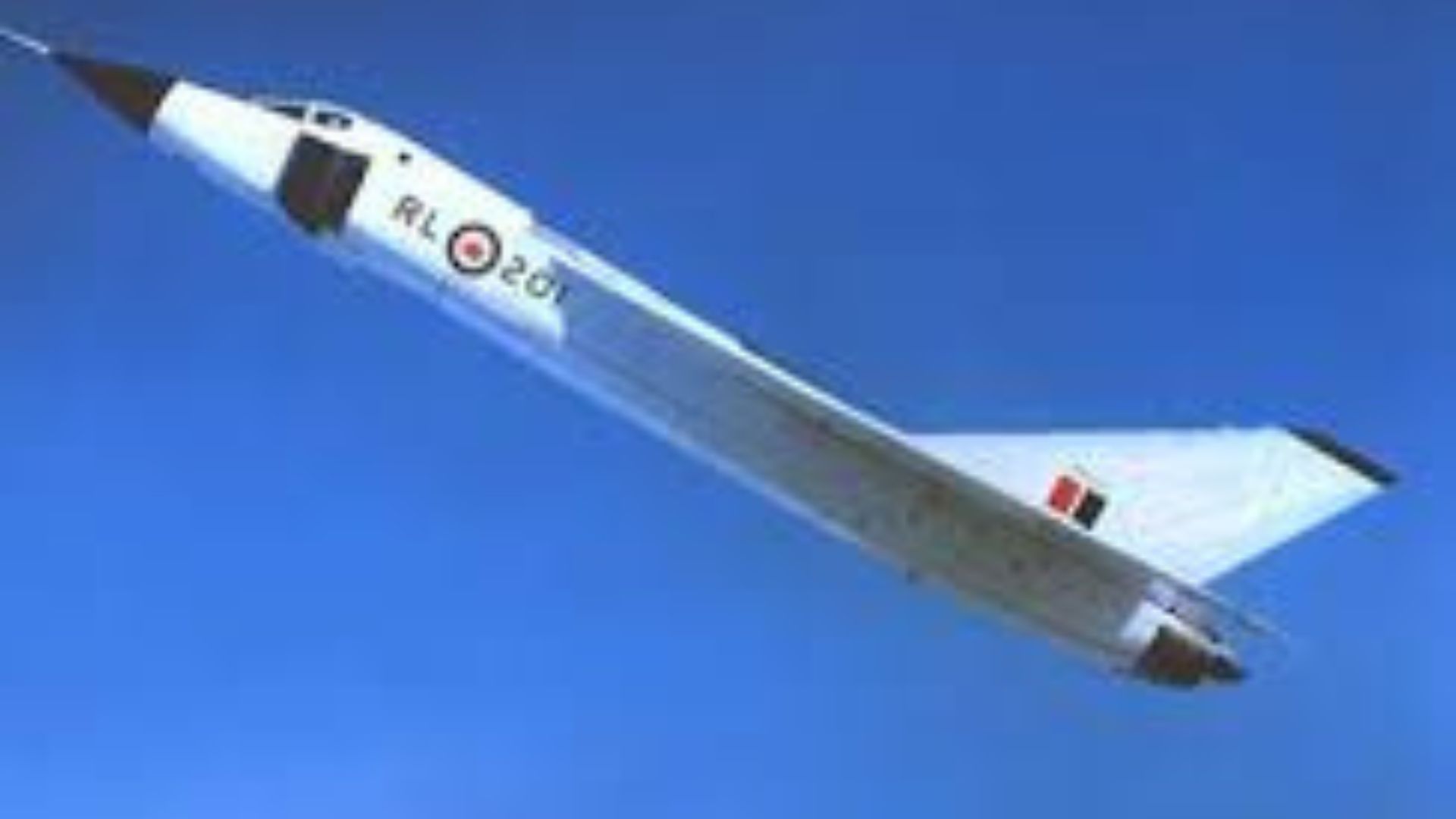
Because of the historical importance of the models, they are set to be placed in two of Canada’s museums for history and aviation plans to go and admire.
They plan to visit the Canada Aviation and Space Museum in Ottawa and the National Air Force Museum of Canada in Trenton, Ontario.
